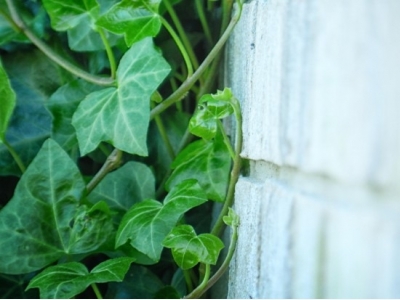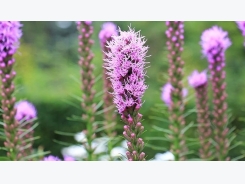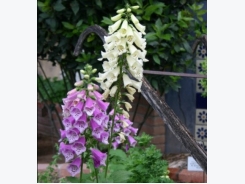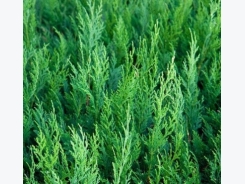How to Get Rid of Invasive English Ivy

As dainty as English ivy looks, who would guess what a monster it can become?
In its native habitat, it acts as an important link in the food chain for the local population of birds and insects. Its ability to vine and climb is one of its endearing attributes in its homeland. And this plant was so beloved by early European immigrants that they brought it with them to the U.S. to remind them of home. Outside of its native environment though, English ivy is a brute.
Like other plants that are categorized as invasive, the English ivy (Hedera helix), without the checks and balances of its native environment, becomes a destructive force in nature. English ivy can and will destroy everything in its path. It will smother other plants as it crawls over the ground and forms a dense cover. It can squeeze the life right out of even the largest and most mature trees as it climbs. It will vine its way under the siding of homes and coerce its way into the foundation until walls and floors are left crumbling.
Vining, crawling, and climbing aside, English ivy produces berries that are poisonous to people and pets. This makes English ivy a plant that everyone should consider carefully before indoor or outdoor use. And if you live in one of the 18 states where English ivy is considered an invasive species, you should consider avoiding this plant altogether. Visit the link for a map of the 18 states where English ivy has made the "Most Unwanted" list of invasive plants and for a few visuals of what English ivy looks like.
How to Control Invasive English Ivy
If you already entertain English ivy in your yard, you may know that it can be contained, but not very easily. English ivy is a rapid grower. Broken or cut stems can become new plants. And birds distribute the English ivy berry seeds into new areas far away from the original plant.
English ivy should be managed with care. Don't let it climb. Trim any tendrils that threaten to reach vertically. And, if you have a patch of English ivy that has grown out of place, mow it over first. Then apply an herbicide. Finally, spread a layer of mulch over the treated ivy to suffocate it. And be watchful for signs of life. You may have to do a follow up treatment of herbicide and mulch.
Eliminating Invasive English Ivy
The proliferative nature of English ivy presents a challenge when attempting to completely eradicate it, too. A variety of methods is recommended to get rid of it. Manually clip and cut any vines that are reaching vertically. Be certain the vine is separated from the roots. Pull the vines down from the host tree or wall, and throw them away in a bag.
Next, pull as much of the English ivy groundcover as possible, along with the roots. It will be a difficult weeding job, but worth the effort. Again, place these vines and the roots in a bag.
Then, generously apply an herbicide to the ground where you pulled the vines and roots. Cover the entire area with mulch. Continue to be watchful and vigilant. The process for complete eradication will most likely need to be repeated several times as new growth from the cuttings and the leftover roots will be vigorous.
English Ivy Alternatives
A best practice as a gardener would be to avoid using any invasive plants. For English ivy lovers out there, we would like to offer you a couple of great alternatives that are more friendly to the environment.
For good ground covering plants to replace your ground covering English ivy, try blue phlox (Phlox divaricata) or tussock sedge (Carex stricta). If the English ivy vines are what you are looking for, you might consider Virginia creeper (Parthenocissus quinquefolia) or trumpet creeper (Campsis radicans).
Let us know what your favorite replacement for English ivy has been!
Related news
Tools

Phối trộn thức ăn chăn nuôi

Pha dung dịch thủy canh

Định mức cho tôm ăn

Phối trộn phân bón NPK

Xác định tỷ lệ tôm sống

Chuyển đổi đơn vị phân bón

Xác định công suất sục khí

Chuyển đổi đơn vị tôm

Tính diện tích nhà kính

Tính thể tích ao




 How to Grow Lady's Mantle Flowers
How to Grow Lady's Mantle Flowers  How to Grow Cedar Trees
How to Grow Cedar Trees